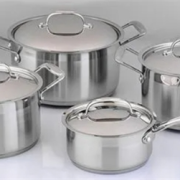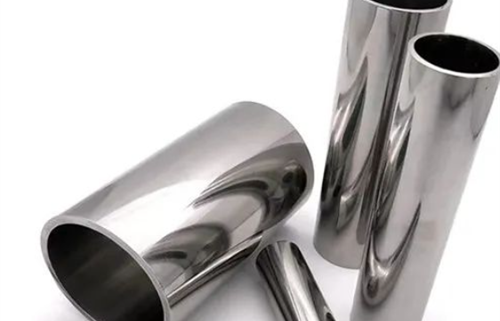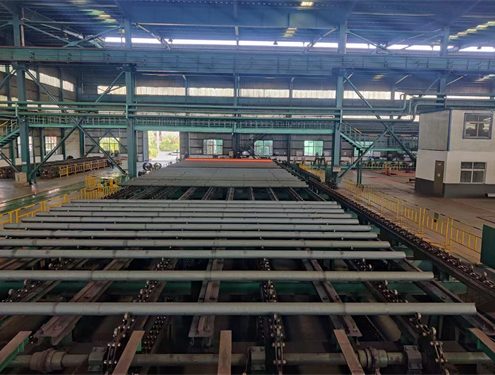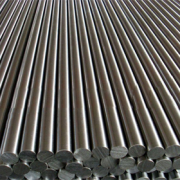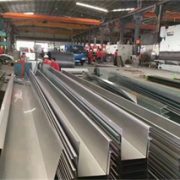Austenitic stainless steel, as its name implies, has an austenite structure. The heat treatment of austenitic stainless steel is very important because the important task of austenitic stainless steel is corrosion resistance. If the heat treatment is improper, its corrosion resistance will be greatly reduced. This article mainly tells you about it. Heat treatment of austenitic stainless steels.
Austenitic stainless steel is a common stainless steel (18-8 steel). For example, many tableware in the kitchen are made of austenitic stainless steel. Austenitic stainless steel, as its name implies, has an austenite structure. It is non-magnetic and has no hardenability.
Austenitic stainless steel has very strong corrosion resistance in oxidizing environments. The so-called oxidizing environment can be simply understood as an environment containing more oxygen. Austenitic stainless steel has good toughness and is easy to process and form, so it has a wide range of uses.
Austenitic stainless steel is mainly used for corrosion resistance purposes, and heat treatment has a great influence on it. The corrosion resistance and acid resistance of austenitic stainless steel mainly depend on surface passivation. If surface passivation cannot be maintained, it will corrode.
Therefore, austenitic stainless steel is not completely stainless, it is only suitable for oxidizing environments and acidic environments. It does not have strong resistance to special ions. The heat treatment of austenitic stainless steel mainly affects the passivation ability of the surface layer, thus affecting its corrosion performance.

304 stainless steel polarization curve, anode passivation zone appears
Uniform corrosion is the most common corrosion phenomenon, and uniform corrosion depends on the uniform distribution of chromium elements. Heat treatment affects the distribution of chromium elements, which naturally affects the uniform corrosion resistance of austenitic stainless steel.
Intergranular corrosion is also one of the important corrosion properties for evaluating austenitic stainless steel. Generally speaking, if austenitic stainless steel is sensitized and a large number of bead-like carbides precipitate at the grain boundaries, its intergranular corrosion performance will be greatly reduced.
If austenitic stainless steel is sensitized, severe intergranular corrosion will occur even in a very ordinary electrochemical environment.
Stress corrosion cracking is the most common failure mode of austenitic stainless steel. Everyone needs to note that stress corrosion cracking depends on two main factors:
First, there must be stress, which may be applied stress or residual stress;
Second, stress corrosion cracking-sensitive ions, such as halogen ions, especially chloride ions, are the most common.
Where austenitic stainless steel is used, its ability to withstand stress is often not used, so special attention should be paid to residual stress because in an environment containing chloride ions, residual stress will cause stress corrosion cracking. The method to remove residual stress is stress relief annealing.
Pitting corrosion is the most terrifying form of corrosion. It is said to be the most terrifying corrosion, and it is most appropriate to use a saying from the ancients to describe this problem: “A dike of a thousand miles collapses in an ant nest.”
There are two main reasons why pitting corrosion occurs:
First, if the material composition is uneven, such as sensitization, austenitic stainless steel is particularly prone to pitting corrosion;
Second, the concentration of environmental corrosive media is uneven, which is also the cause of pitting corrosion.
Once pitting corrosion occurs, the local passivation film layer will be destroyed, and there will be competition between the active and passivation states. Once passivation cannot occur, pitting corrosion will continue until the component is perforated.
Austenitic stainless steel has no solid phase transformation point at room temperature to high temperature. The main purpose of heat treatment is to dissolve the carbides generated during processing into the matrix, thereby making the distribution of alloy elements more uniform.
Heating the austenitic stainless steel to a high temperature to dissolve the carbides into the matrix, and then quickly cooling it to room temperature. During this process, the austenitic stainless steel will not harden because there is no phase transformation and the austenitic state will remain at room temperature. This process It’s called solid solution treatment.
In solid solution treatment, the purpose of rapid cooling is only to make the distribution of carbon atoms and alloying elements more uniform.
During solid solution treatment of austenitic stainless steel, if the cooling rate is too slow, as the temperature drops, the solubility of carbon atoms in the matrix decreases, and carbides will precipitate. Moreover, carbon atoms are particularly easy to combine with chromium to form M23C6 carbides, which are distributed on the grain boundaries. Chromium depletion occurs in the grain boundaries and sensitization occurs.
After sensitization occurs in austenitic stainless steel, it should be heated above 850ºC. The carbides will dissolve into a solid solution, and then rapid cooling can solve the sensitization problem.


